Nanogenerator for harvesting wind, solar energy to power IoT devices
The Internet of Things (IoT) could make cities smarter by connecting an extensive network of tiny communications devices to make life more efficient. But all such machines require a lot of energy. Rather than adding to the global reliance on fossil fuels to power the network, researchers have come up with a solution.
For the first time, researchers have integrated two energy-harvesting technologies in one: a silicon solar cell and a nanogenerator that can convert wind energy into electrical output. The solar cell component of the system delivers eight milliwatts of power output (one milliwatt can light up 100 small LEDs). The wind harvesting component delivers up to 26 milliwatts. Together, under simulated sun and wind conditions, four devices on the roof of a model home could turn on the LEDs inside and power a temperature-humidity sensor. Installed in large numbers on rooftops, the hybrid device could help enable smartcities.
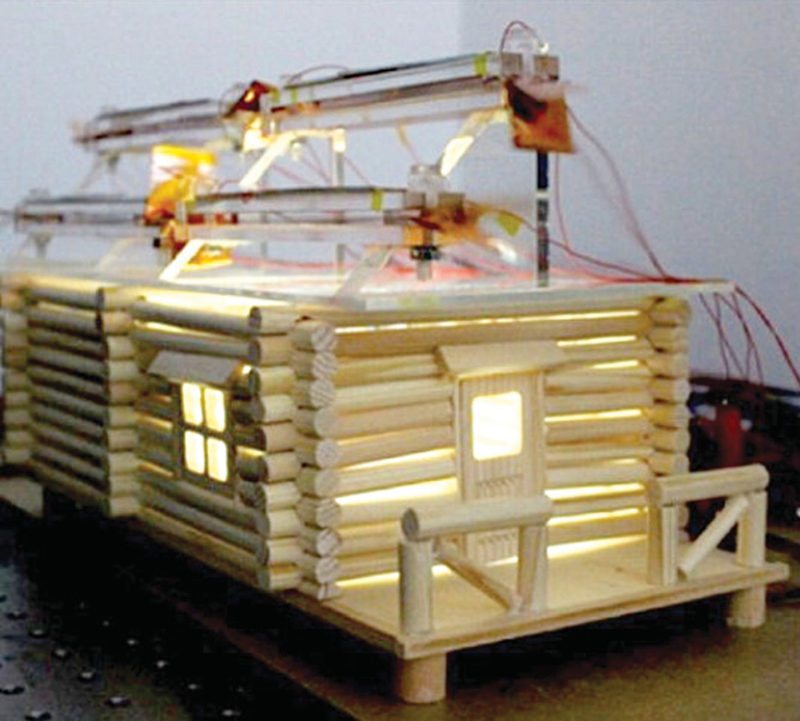
Demo model of the project where the nanogenerator installed on rooftop provides enough energy to power the entire smarthouse below it
Language-translating earbuds are here
If you are trying to order dinner or find a hotel abroad, do not let your poor grasp of foreign languages make you panic. An upcoming in-ear gadget can now translate speech like Babel Fish in The Hitchhiker’s Guide to the Galaxy, or Universal Translator gadget in Star Trek.
The system, dubbed Pilot, comprises two earpieces to be worn by two people who do not speak the same language, and uses an app, so the duo can converse with ease. It is designed to work offline, so it would not incur data charges when used overseas. Both wireless earpieces can also be used by one person for listening to music.
While the first-generation device works only when speaking to someone wearing an earpiece, future generations could listen to everything happening nearby, so pairs of devices would not be needed.
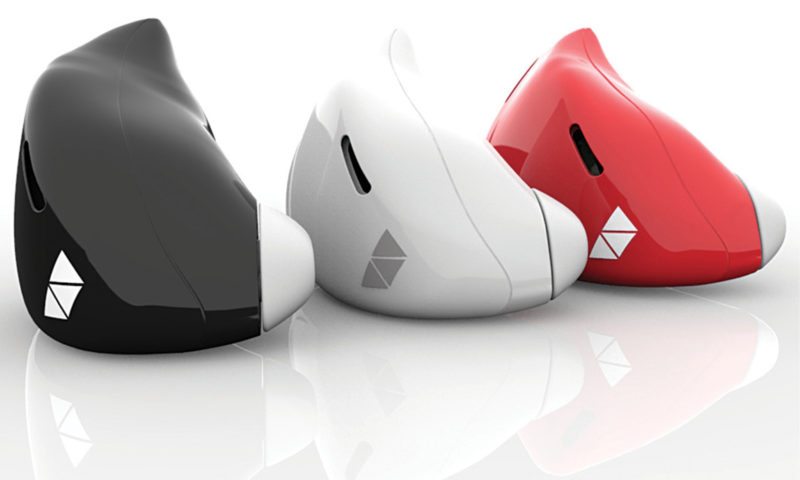
The gadget was invented by Waverly Labs founder, Andrew Ochoa, who said he had the idea for it after meeting a French girl.
An accompanying app enables both earpieces to toggle between languages
Shape-shifting touchscreens morph on demand
Imagine that you launch a gaming app on your smartphone, and the device automatically morphs into the shape of a console. Then, if you receive a text message and need to respond, it transforms itself back into a phone.
Researchers at University of Bristol, UK, have designed a device that could one day do just that. It is called Cubimorph, and is a small, modular device that can change into different shapes, depending on the desired function or even the person holding it. Its designers say that the technology could pave the way for more adaptable handheld gadgets.
Cubimorph looks a bit like a Rubik’s Cube and is made from a string of connected smaller cubes, with each surface covered in a tiny touchscreen. The cubes are on hinges that allow movement across any of the edges controlled by two motors.
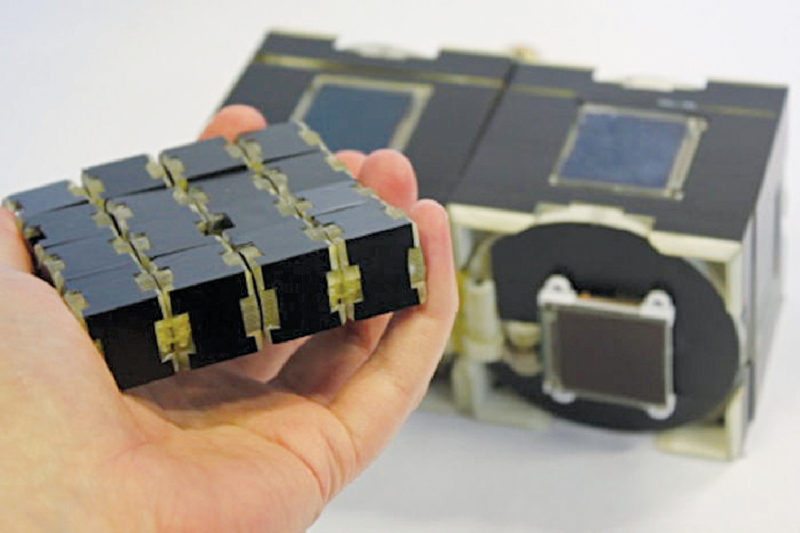
Cubimorph can change shape on demand
Microbots that can hitch-hike
Scientists at Harvard University, USA, have developed flying microrobots that can use static electricity to perch on bats, birds or butterflies to conserve energy in long-duration flights.
The team at Harvard has used electrostatic adhesion, which is the same basic property that causes a static-charged sock to cling to pants, or a balloon to stick to a wall.
Moritz Graule, a researcher on the project, has said, “In the case of balloons, charges dissipate over time and the balloon eventually falls down. In our system, a small amount of energy is constantly supplied to maintain the attraction.” 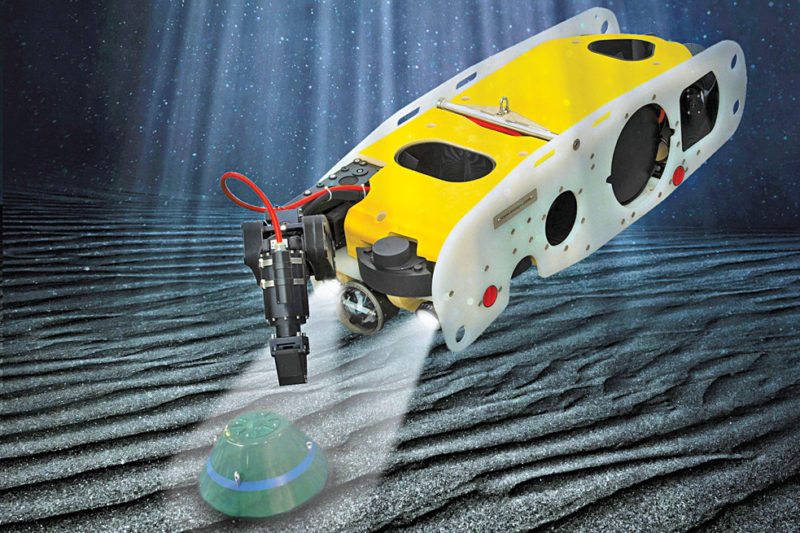
RoboBee uses an electrode patch and a foam mount that absorbs shock. It takes off and flies normally. When the electrode patch is supplied with a charge, it can stick to almost any surface, from glass to wood to a leaf. To detach, the power supply is simply switched off.
The entire mechanism weighs 13.4mg, bringing the total weight of the robot to about 100mg—similar to that of a real bee.
Underwater robot to combat terrorism
Saab, a Swedish aerospace and defence company, has invented a remotely-operated vehicle known as Sea Wasp. This artificial-intelligence-powered robot, which relocates, identifies and neutralises underwater improvised explosive devices (IEDs), has been designed to combat below-the-surface terrorism.
According to Bert Johansson, sales director of Underwater Systems within Saab business area dynamics, “Sea Wasp is a hybrid of pre-existing Saab technologies that can now be applied to an urgent worldwide need. Underwater explosive ordnance disposal (EOD) is a rapidly-growing niche around the world, and Sea Wasp’s capabilities correspond to that niche.”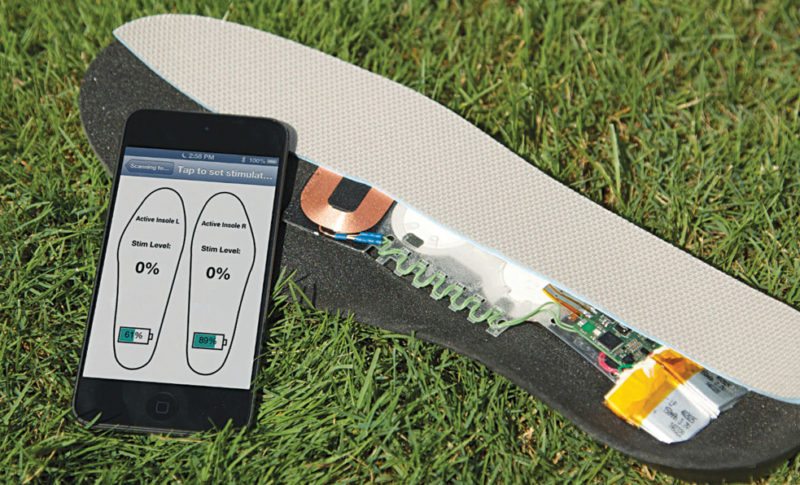
Currently, most underwater IED threats are disposed of manually by trained EOD divers. Sea Wasp is operated remotely by two-people teams, allowing for a safe distance between operators and IEDs.
Sea Wasp can help countries strengthen their national security needs with an underwater, anti-IED device to keep EOD teams safe
Insoles to improve balance
Wyss Institute and Boston University researchers have discovered that random vibrations, too gentle to be felt, can improve the sensory feedback system and may restore stability through a mechanism known as stochastic resonance. By incorporating vibrating elements in insoles and footwear, it has been shown that stochastic resonance improves balance and gait.
Mechanical actuators, designed to be inserted into any type of footwear, are embedded into the insoles. A signal generator and a small battery are also integrated within the insole to provide sensory enhancement stimulation to the user’s feet. A smart phone app controls the stimulation level and can inform the user of device status such as stimulation and battery levels.
When used by elderly individuals, this sensory enhancement insole could potentially improve their sense of balance and walking stability, which is understood clinically to be related to the risk of falling. For diabetics, who suffer from peripheral neuropathy, this kind of device may increase the sensitivity of their feet and might eventually decrease the risk of ulceration.
Researchers at Harvard University say this technology can modify gait to improve balance and even enhance agility for athletes
LED lights to be used for tumour detection
According to a recent release from Nanoscale, an interdisciplinary team from Rice University, USA, has confirmed on the basis of thorough experimentation, that LED lights have an enormous potential to identify tumours, by shining the light on these. Such a conclusion was drawn using an instrument based approach, dubbed as spectral triangulation system, which is a customised version of the modern medical imaging system.
Team leader Bruce Weisman, along with his group, placed detection of carbon-nanotube marker tagged, antibody associated tumour cells as their main objective. As an explanation, they said that the absorption coefficient of short wave infrared light in tissues feature different wavelengths at different levels. Owing to such phenomena, light-spectra analysis was preferred as it could produce information related to the depth of tissues through which light has passed.
World’s first 3D-printed motorcycle
From bridges to shoes to metal parts used in airplanes, 3D printing has revolutionised the ability to create lightweight and affordable parts. Recently, this innovative technology has helped launch the world’s first 3D-printed motorcycle. Built by APWorks, a Germany based subsidiary of French aeronautics firm Airbus, the motorbike is powered by a six-kilowatt electrical engine that can zip from zero to 80kph in seconds. The motorcycle, dubbed Light Rider, features a frame that weighs 6kg, making the midsection of the craft roughly 30 per cent lighter than that of conventional all-electric motorcycles.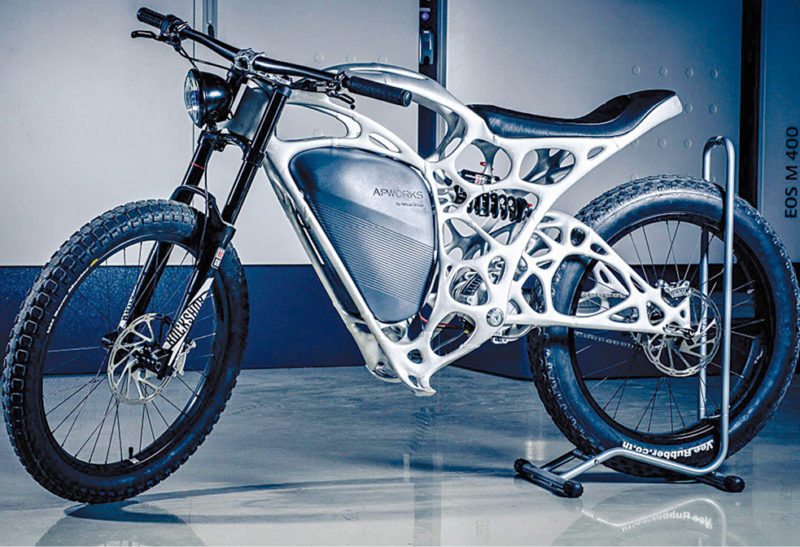
APWorks constructed Light Rider’s frame by lacing together an intricate web of Scalmalloy, an aluminium-like alloy powder that forms a solid that is nearly as strong as titanium.
Light Rider uses bionic algorithms to define the organic frame structure using nature’s design principles
Biosensor to detect cancer, Alzheimer’s, Parkinson’s
Researchers have developed a biosensor that is capable of detecting molecules that lead to some types of cancer as well as neurodegenerative diseases. The device is basically a single-layer organic nanometer-scale transistor on a glass slide.
The biosensor contains the reduced form of the peptide glutathione (GSH), which reacts in a specific way when it comes into contact with the enzyme glutathione S-transferase (GST), linked to Parkinson’s, Alzheimer’s and breast cancer, among other diseases.
Findings show that the device could detect such molecules even when these are present at very low levels in the examined material, because of its nanometric sensitivity.







